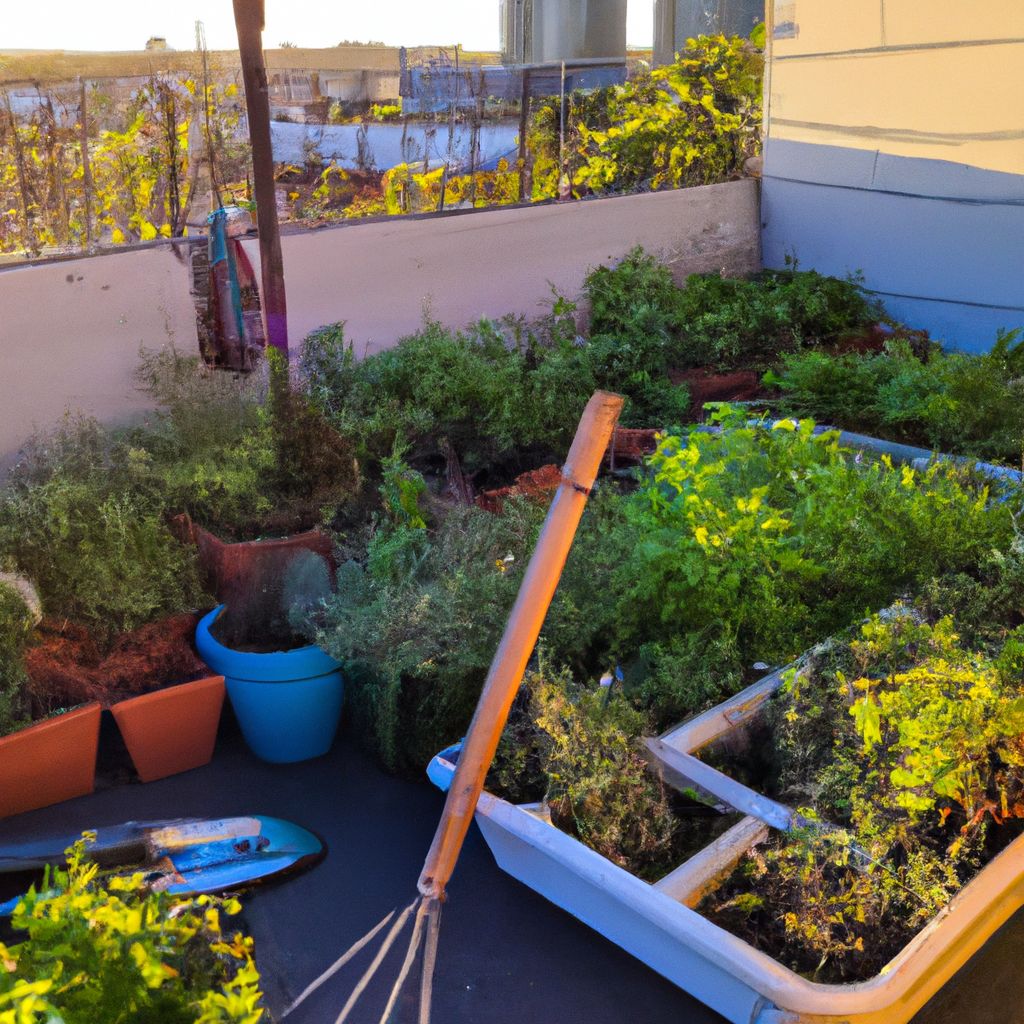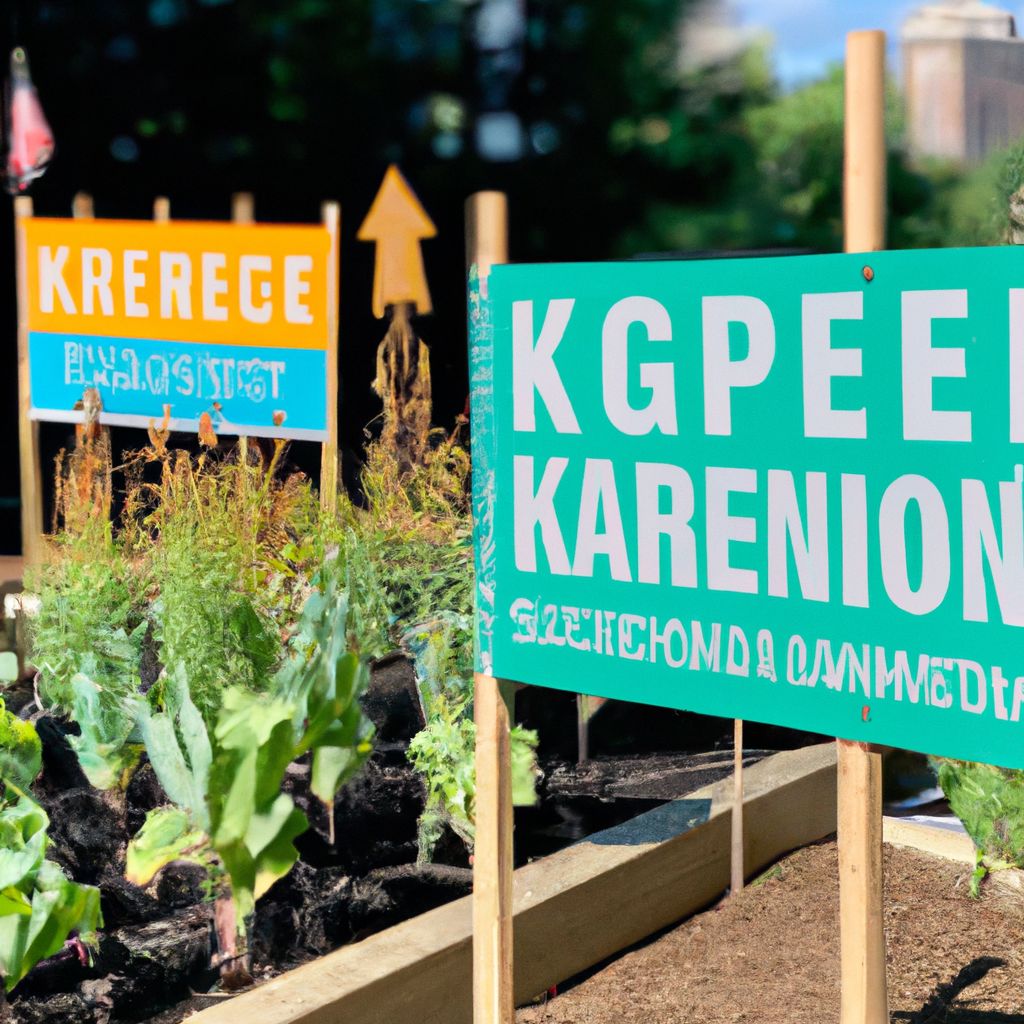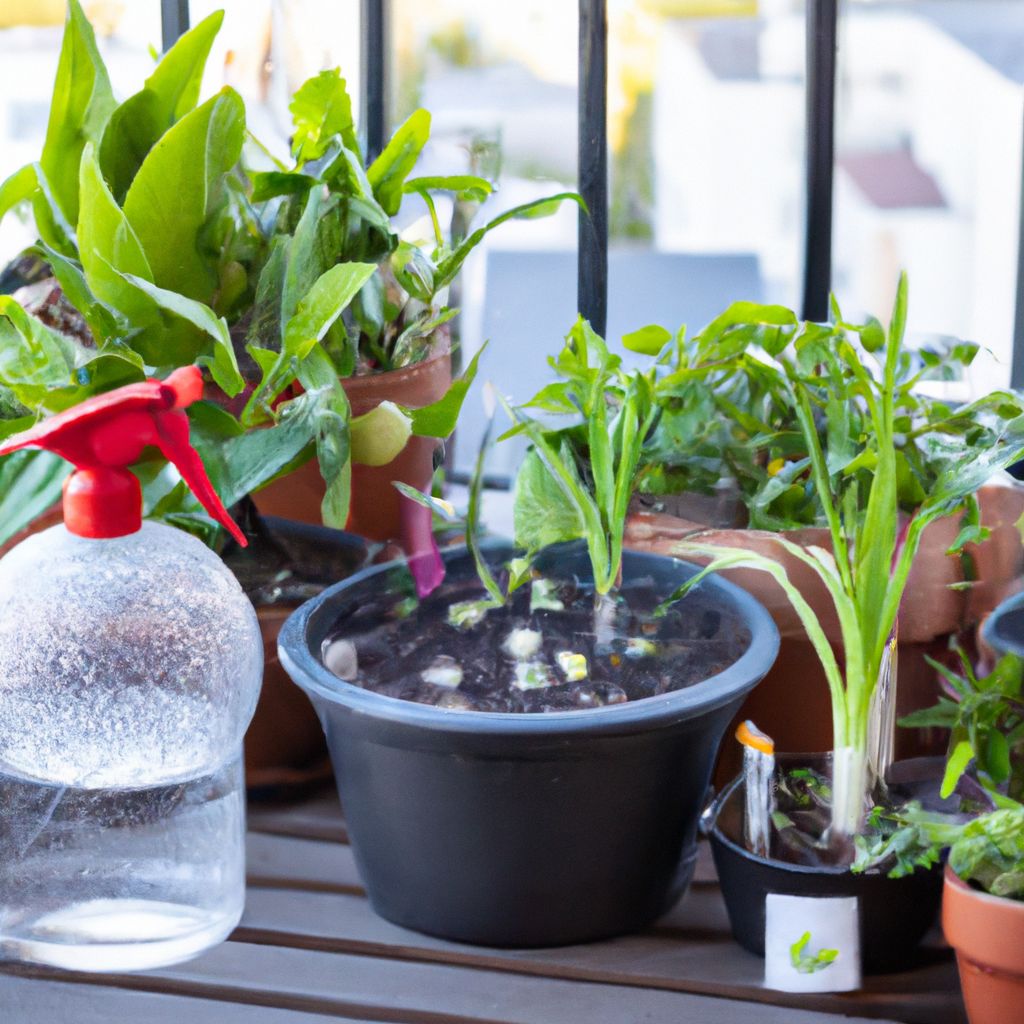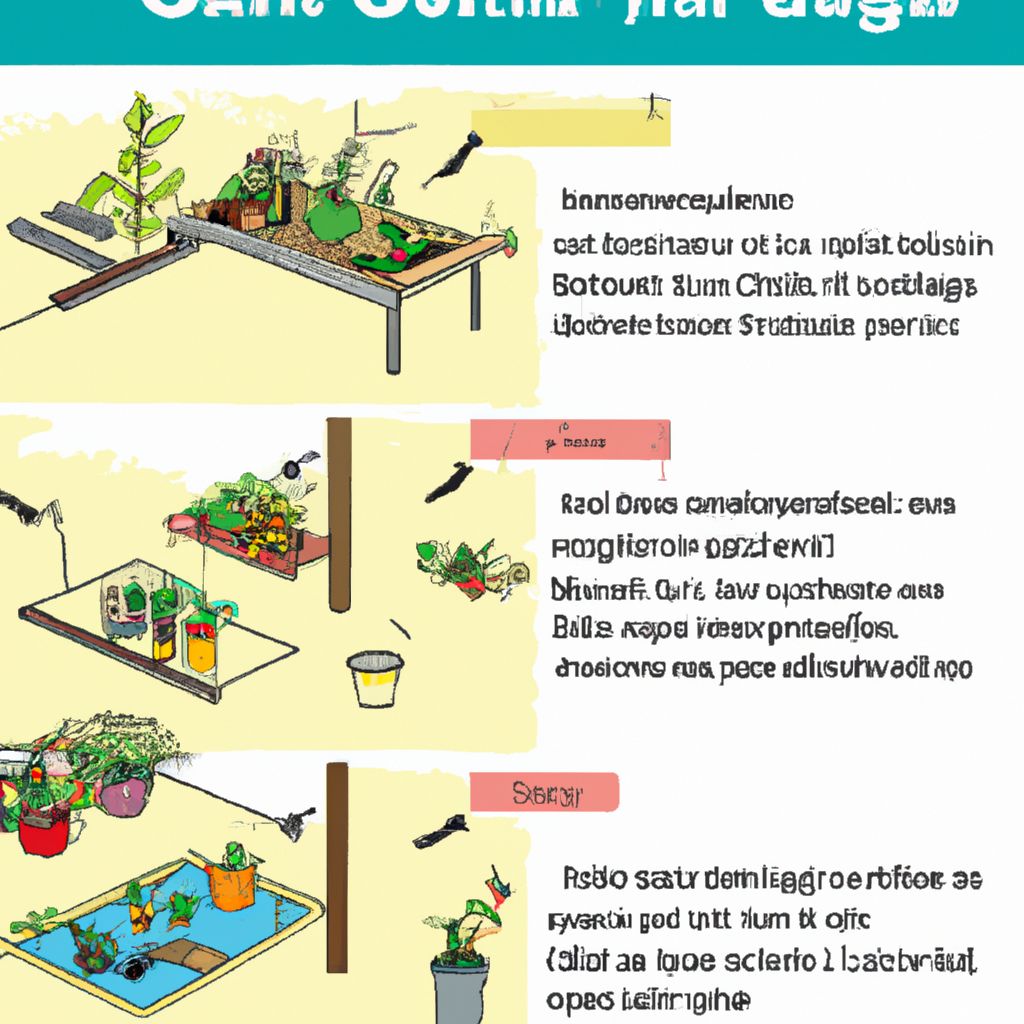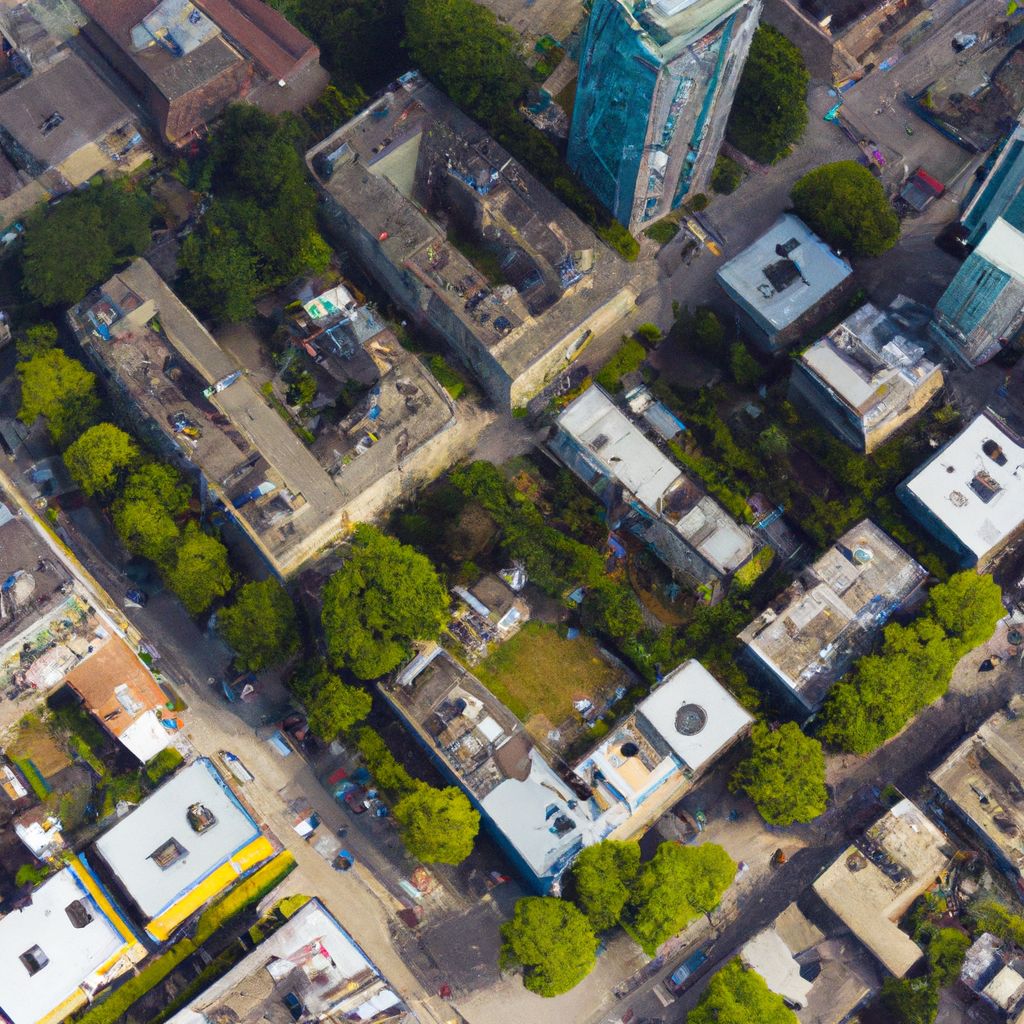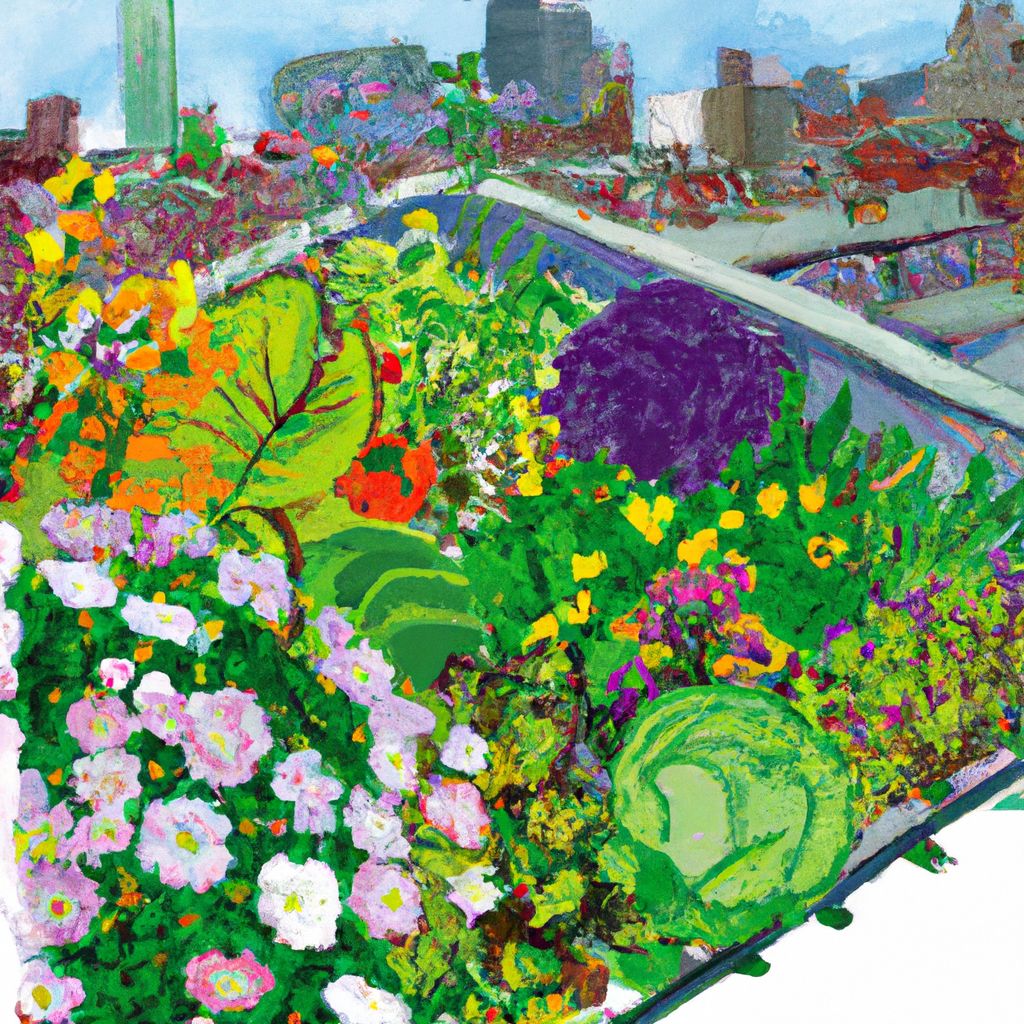- Understanding Urban Gardening
- Choosing the Right Plants for Your Urban Garden
- Optimizing Space in Your Urban Garden
- Maintaining Soil and Water Quality
- Pest and Disease Control in Urban Gardens
- Seasonal Maintenance of Your Urban Garden
- The Role of Technology in Urban Gardening
Understanding Urban Gardening
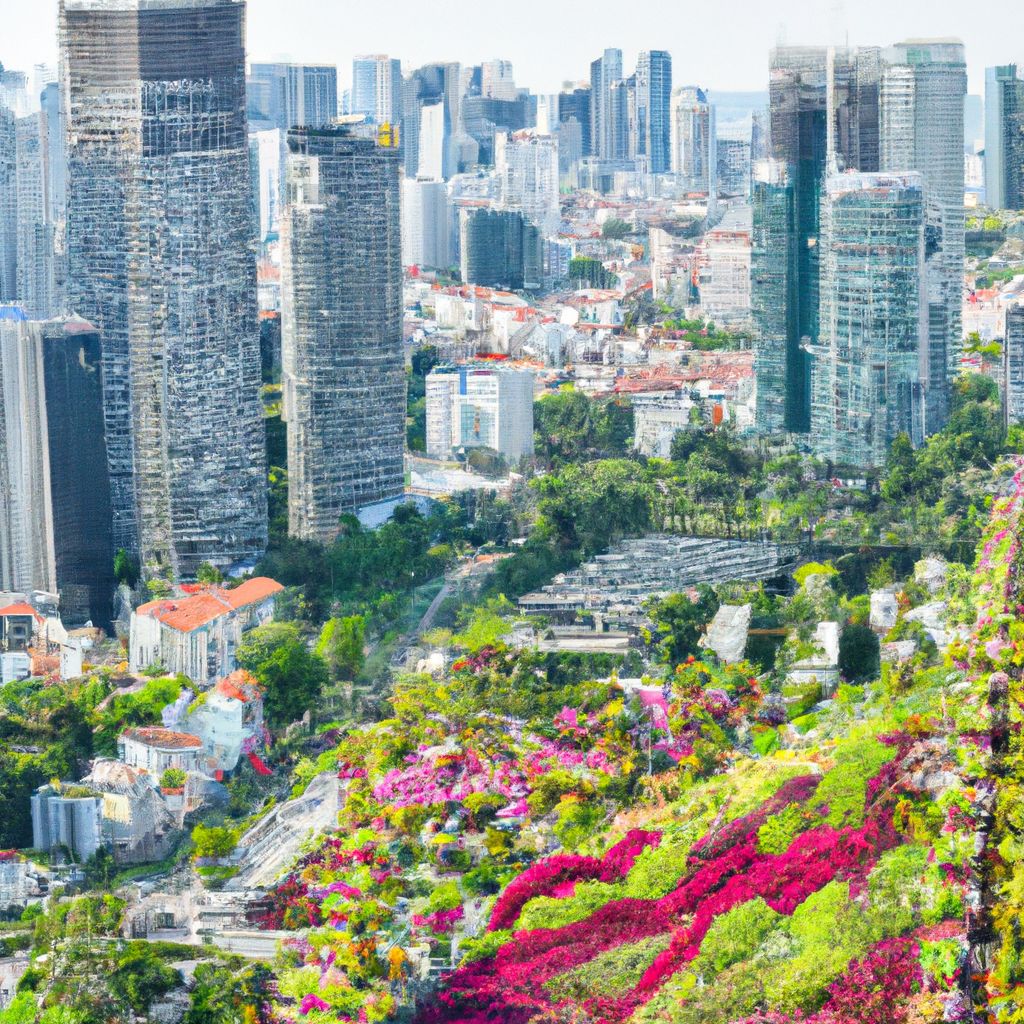
Urban gardening, also known as urban horticulture or urban agriculture, encapsulates several methods of growing and cultivating plants within an urban environment. These methods can range from container gardening on balconies and rooftops to community gardens in vacant lots and public parks. The practice has gained popularity in recent years due to a growing awareness of sustainable living and the desire to eat fresh, locally grown produce.
Urban gardening is an innovative solution to increasing urbanization and decreasing green spaces. It transforms small, underutilized urban spaces into productive green havens that not only beautify the environment but also provide a source of fresh, organic produce.
The benefits of urban gardening are manifold. Here are a few:
- Improved Nutrition: Urban gardens allow for the cultivation of fresh fruits, vegetables, and herbs, ensuring a regular supply of nutritious food.
- Sustainability: By growing your own produce, you significantly reduce your carbon footprint, as the need for transportation and packaging is eliminated.
- Physical and Mental Well-being: Gardening is a therapeutic activity and has been shown to reduce stress and promote relaxation.
- Community Engagement: Urban gardens often become community hubs, promoting social interaction and a sense of community ownership.
With the increasing popularity of urban gardening, many cities are adapting their policies and regulations to support such initiatives. Urban gardeners are seen as vital contributors to the urban ecosystem, playing a pivotal role in promoting sustainability and healthy living.
Choosing the Right Plants for Your Urban Garden
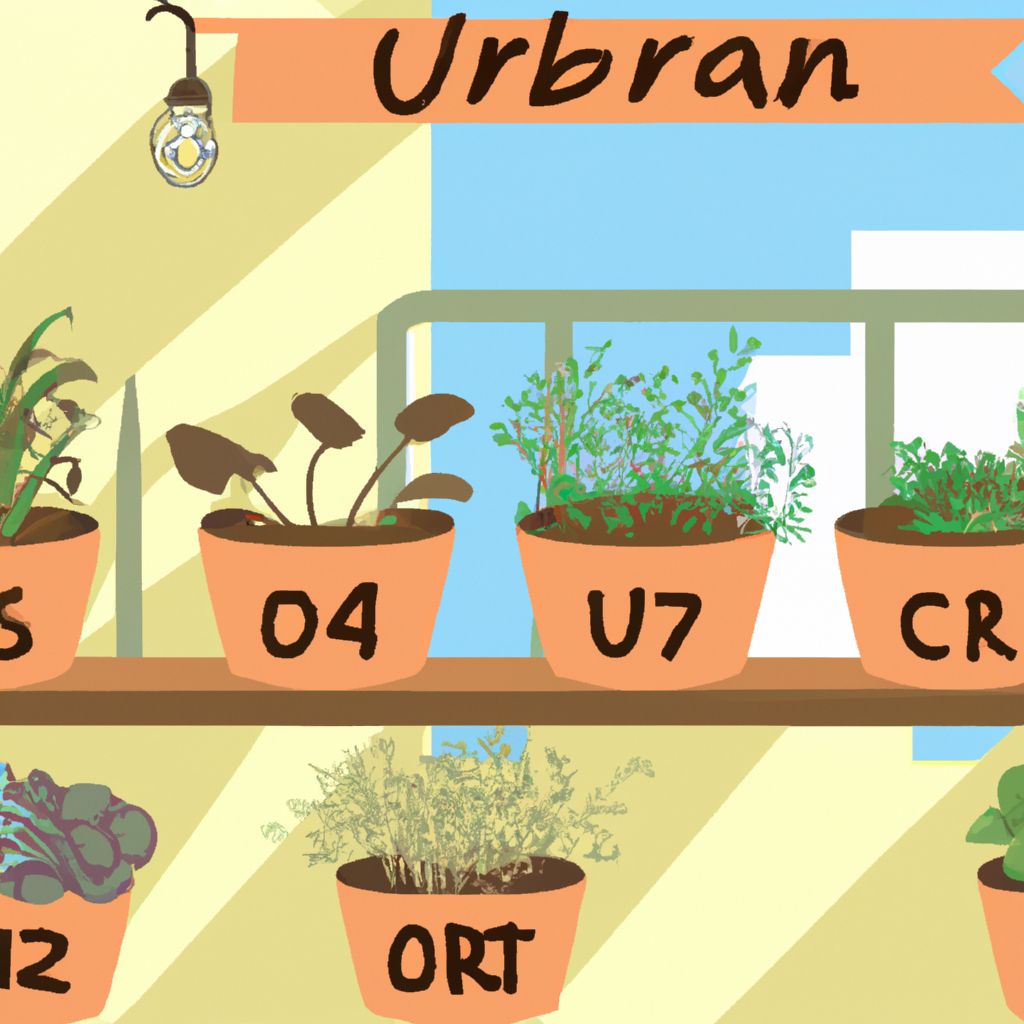
Choosing the right plants is a crucial aspect of successful urban gardening. Not all plants are suitable for the unique conditions that urban environments provide. Therefore, understanding the needs of your plants and the conditions of your space can help ensure a thriving garden.
When selecting plants, consider the following factors:
- Size: Urban gardens often have limited space. Therefore, it's essential to choose plants that won't outgrow their containers or the available space.
- Growth Rate: Slow-growing plants are often the best choice for urban gardens as they require less maintenance.
- Sunlight Needs: It's crucial to consider how much sunlight your garden gets each day. Some plants require full sun, while others thrive in shade.
For beginners, here are a few plants that are known for their adaptability to urban environments:
Herbs:Herbs like basil, parsley, and thyme are relatively small, easy to care for, and can be used in cooking.Leafy Greens:Spinach, lettuce, and kale grow quickly and don't require a lot of space.Succulents:These plants are hardy and require little water, making them perfect for those who are less attentive.Tomatoes:Dwarf or patio varieties of tomatoes do well in containers and deliver a bountiful harvest.
Remember, the key to a successful urban garden lies in the careful selection of plants, considering the unique conditions of your garden space.
Optimizing Space in Your Urban Garden
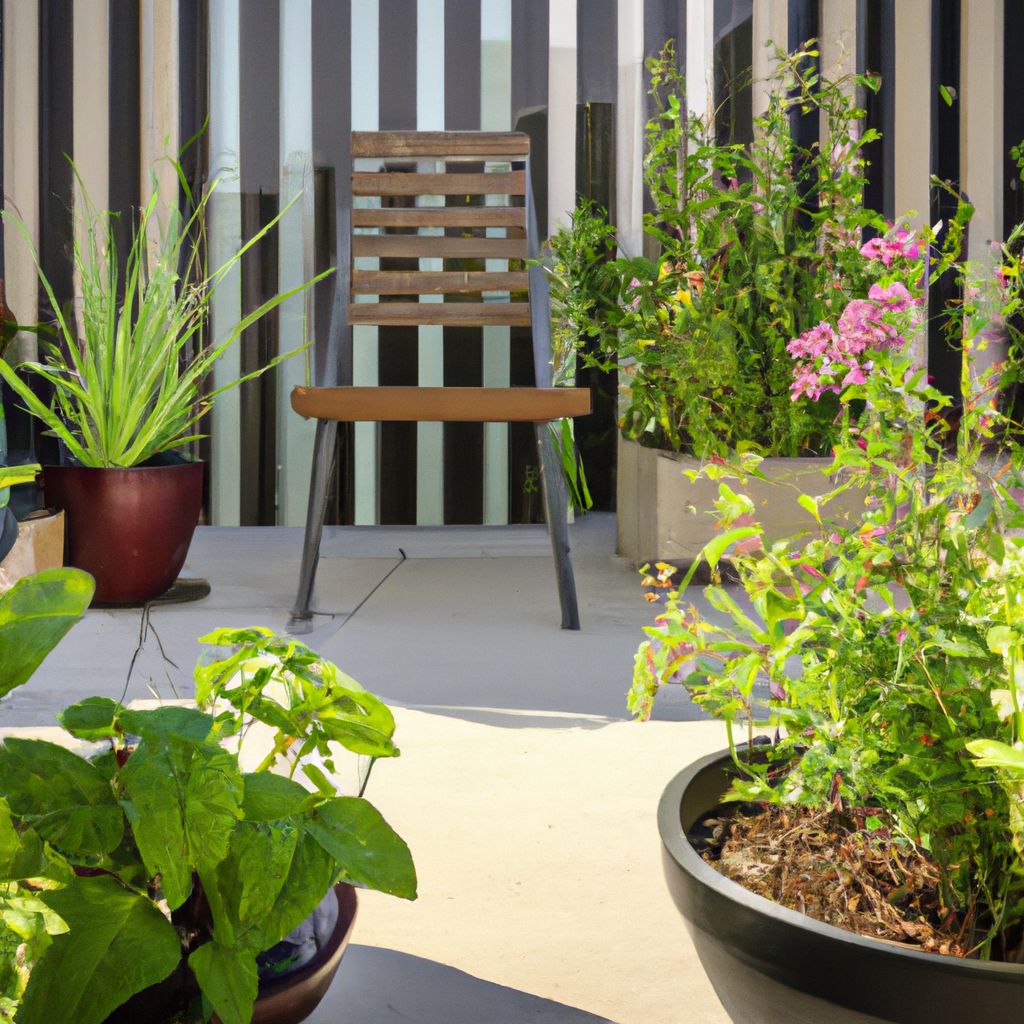
One of the major challenges of urban gardening is dealing with limited space. However, with a bit of creativity and planning, you can optimize your space to grow a surprising amount of plants. Here are a few strategies:
- Vertical Gardening:
- Make use of your vertical space by installing hanging baskets, trellises, or shelves. Climbing plants like beans, peas, and some varieties of tomatoes are perfect for vertical gardening.
- Container Gardening:
- Containers are incredibly flexible and can be moved around to optimize sunlight exposure. They come in all shapes and sizes, so you can choose a container that fits your space perfectly.
- Multi-Purpose Furniture:
- Consider furniture that doubles as planters. Benches with built-in planters or tables with a space for growing herbs can be a great way to maximize your garden space.
Here are a few DIY ideas to further optimize your garden space:
- Use an over-the-door shoe organizer as a vertical garden: The pockets are perfect for growing herbs or small flowering plants.
- Turn an old ladder into a plant stand: Each rung can hold a pot, allowing you to make the most of your vertical space.
- Create a hanging garden with old bottles: Cut the side off a plastic bottle, fill it with soil, and you have a hanging planter.
Remember, optimizing your urban garden's space is all about creativity and efficient use of every available corner. With these tips, you can turn even the smallest space into a lush, green oasis.
Maintaining Soil and Water Quality
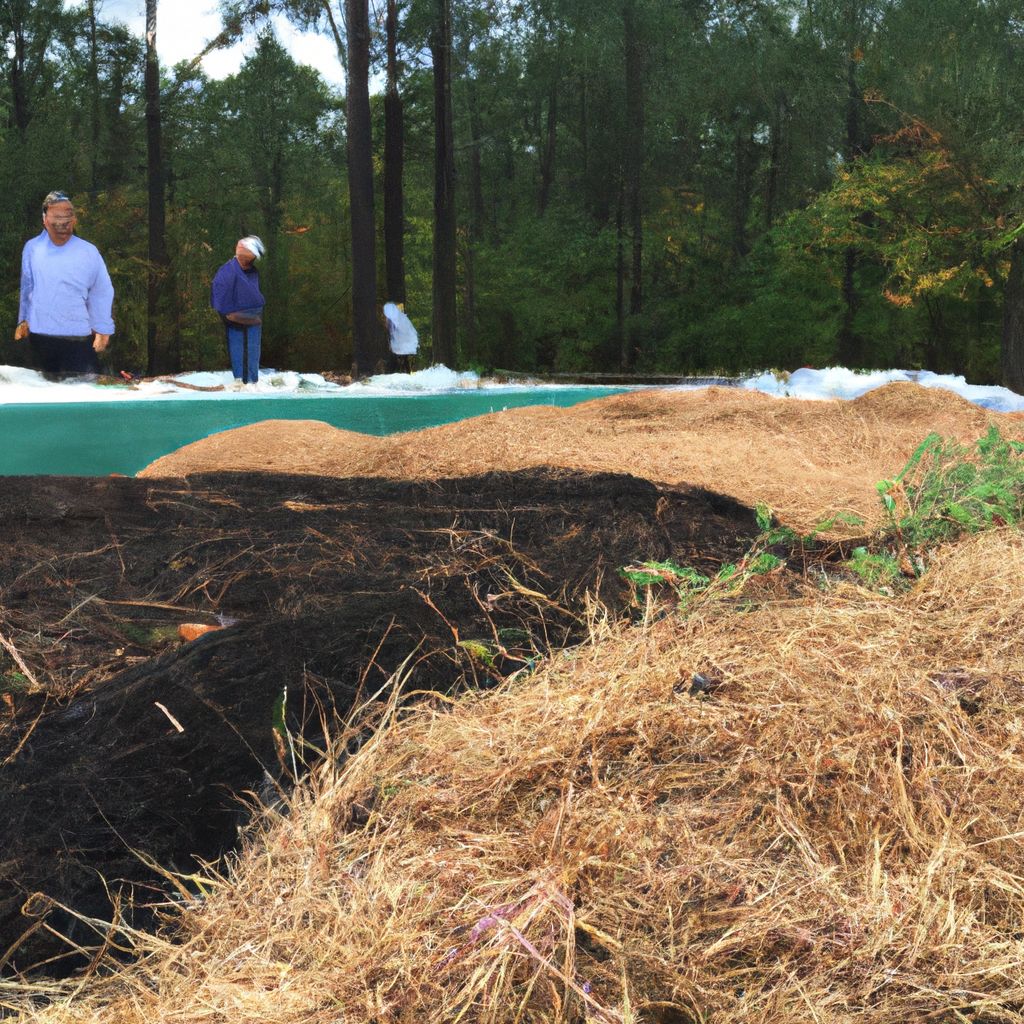
Good soil and water quality are fundamental to the health and productivity of an urban garden. Healthy soil provides the necessary nutrients for plant growth, while clean water is essential for proper hydration and nutrient transport.
Composting is a valuable practice that improves soil quality by adding rich organic matter. It not only recycles kitchen and garden waste but also enhances soil fertility, promotes beneficial microbial activity, and improves soil structure. You can easily start a compost pile or bin in your urban garden.
Mulching is another effective method for maintaining soil health. It involves applying a layer of material (like straw, wood chips, or compost) on top of the soil. Mulch helps retain soil moisture, suppresses weeds, and slowly adds nutrients back into the soil as it decomposes.
When it comes to water conservation, using rain barrels to collect rainwater is an excellent method. This not only saves water but also provides your plants with natural, untreated water. Additionally, watering your plants early in the morning or late in the evening can prevent water loss due to evaporation.
Finally, regular testing of soil and water is vital. Soil testing helps determine nutrient levels and pH, which can guide your fertilization practices. Water testing can ensure your water supply is clean and safe for your plants. Home testing kits are readily available and easy to use.
In conclusion, maintaining soil and water quality is a continuous process but one that is essential for the long-term success of your urban garden.
Pest and Disease Control in Urban Gardens
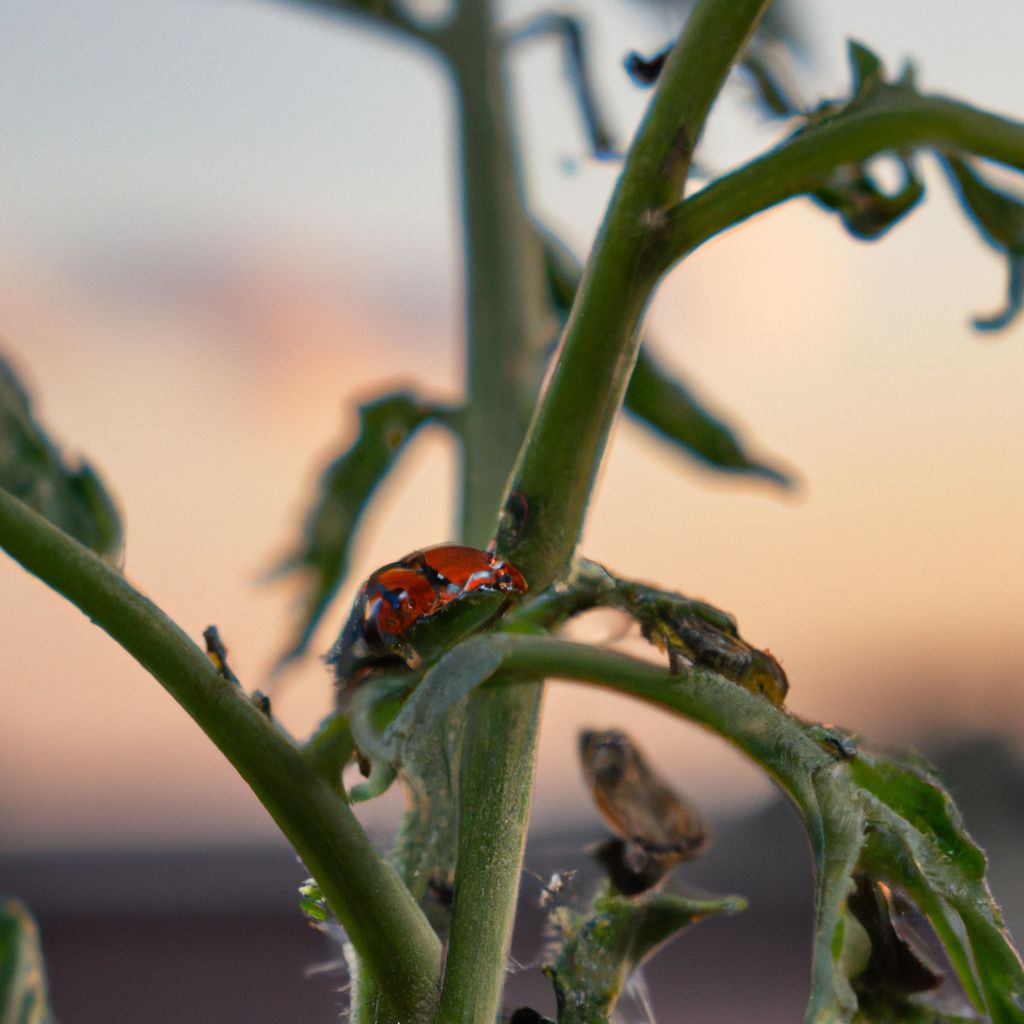
Even in urban gardens, pests and diseases can pose significant challenges. Common pests include aphids, slugs, snails, and beetles, while diseases often present as fungal or bacterial infections, such as powdery mildew or blight.
Fortunately, there are numerous organic solutions for pest control and disease prevention. Here are a few:
- Companion Planting:
- This involves planting certain plants together to deter pests. For example, marigolds are known to repel many types of insects and can be planted alongside vulnerable crops.
- Homemade Sprays:
- Garlic, pepper, or soap sprays can deter pests. Also, a spray made from baking soda and water can help prevent fungal diseases.
- Natural Predators:
- Attracting birds or beneficial insects like ladybugs and lacewings can naturally control pest populations.
- Crop Rotation:
- Changing where you plant certain crops each year can break the life cycle of pests and diseases.
Prevention is always better than cure. Regularly inspecting your plants for early signs of pests or disease can help you intervene before the problem becomes severe. Look for discolored leaves, spots, holes, or insects themselves.
Remember, a healthy garden is the best defense against pests and diseases. A well-maintained garden with good soil health, proper watering, and appropriate plant spacing can deter many pests and diseases naturally.
Seasonal Maintenance of Your Urban Garden
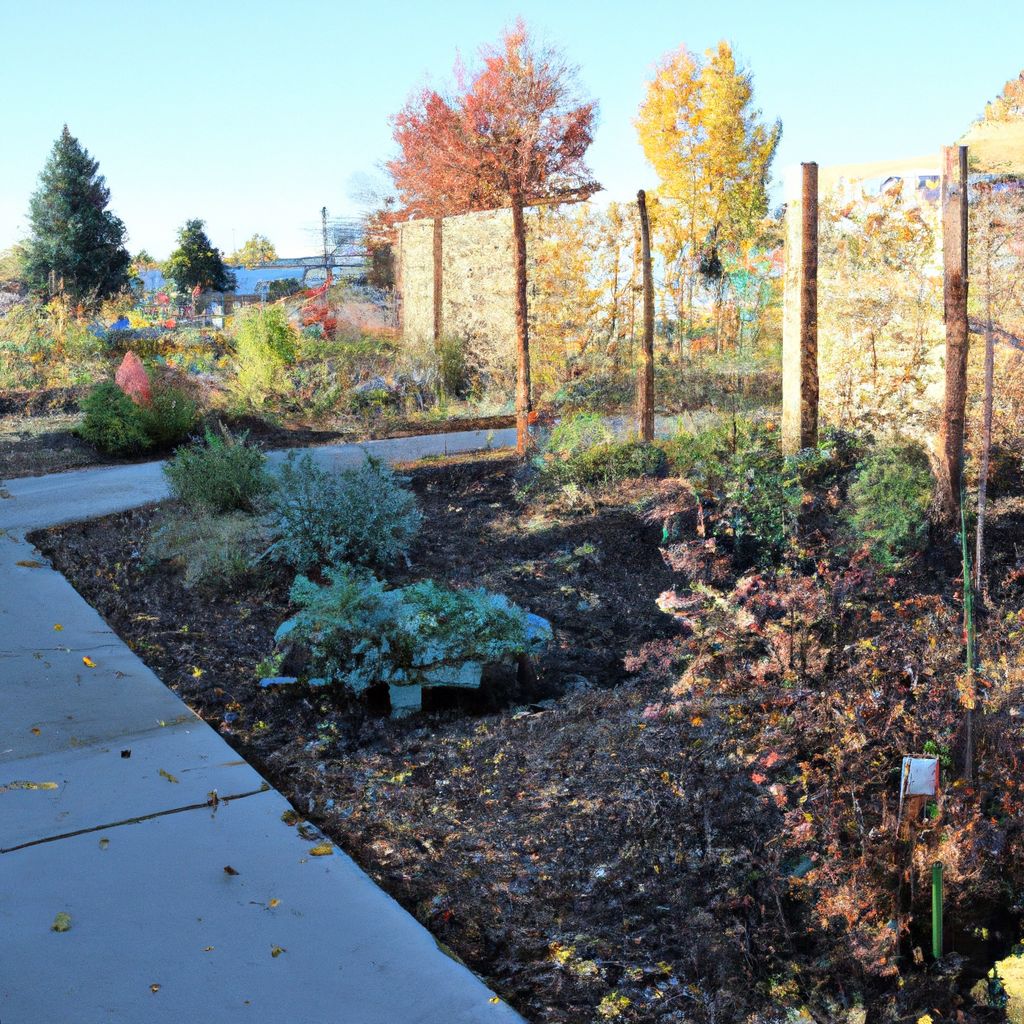
Proper seasonal maintenance can ensure the health and productivity of your urban garden all year round. Here's a general guide for each season:
- Spring:
- This is the time for planting and preparing your garden. Clean up any winter debris, top up your soil with compost, and begin planting your seeds or seedlings. It's also a good time to test your soil and make any necessary adjustments.
- Summer:
- Regular watering becomes critical as temperatures rise. Mulching can help retain moisture and keep the roots cool. Watch for pests and diseases, as they tend to be more active in the summer.
- Autumn:
- Harvest any remaining crops. After the first frost, remove any dead plants to prevent disease. Add compost to improve soil quality for the next planting season. This is also an ideal time to plant garlic and spring-blooming bulbs.
- Winter:
- Protect your garden from harsh winter weather by covering it with a layer of mulch. If you have perennials, protect them with a layer of straw or leaves. You can also start planning for next year's garden during this time.
Remember, these tasks can vary depending on your specific climate and the plants you're growing. Always research the needs of your plants and adjust your maintenance practices accordingly.
The Role of Technology in Urban Gardening
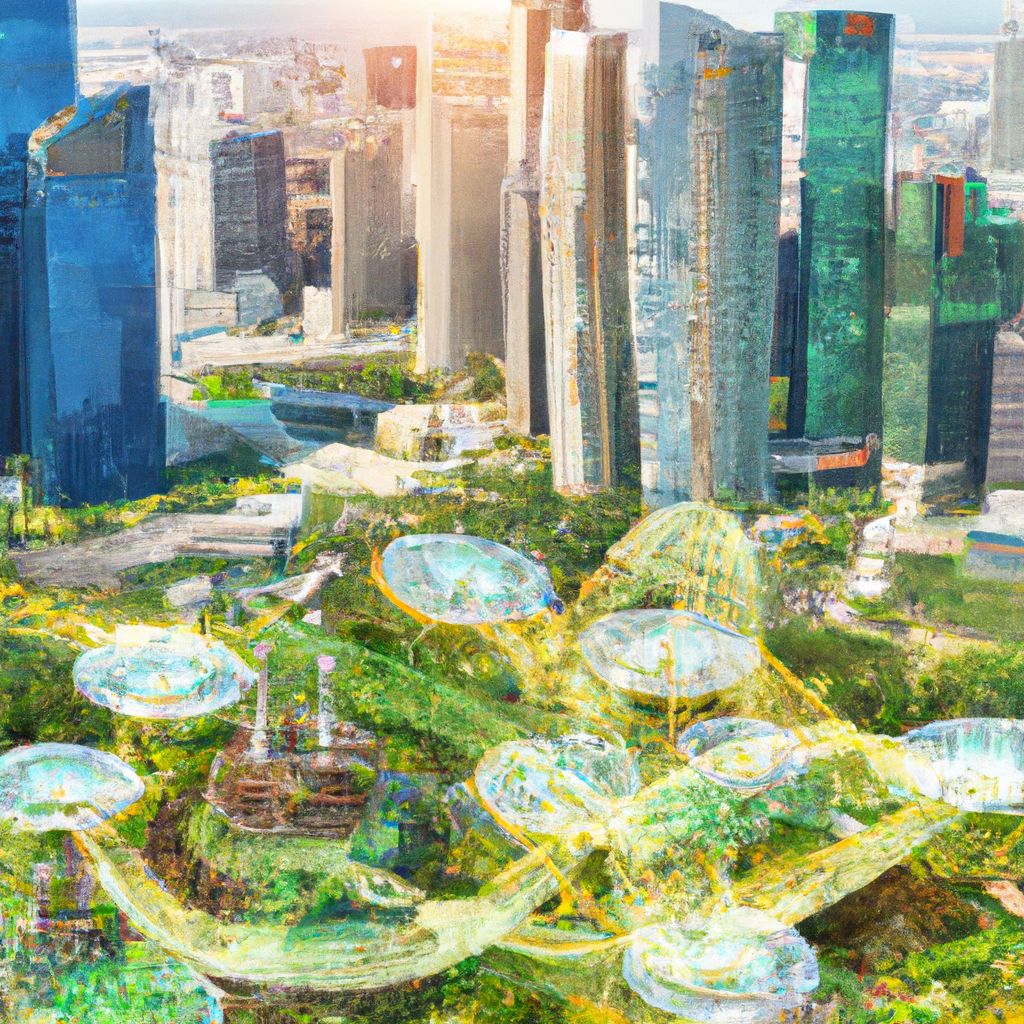
Technology plays an increasingly significant role in urban gardening, helping to overcome some of the challenges associated with limited space, water scarcity, and time constraints. Here are a few ways how:
- Smart Watering Systems:
- These systems automatically water your plants based on their specific needs, saving water and ensuring your plants are properly hydrated even when you're away. Some systems can even be controlled remotely via smartphone.
- Gardening Apps:
- There are countless gardening apps that can assist with various aspects of urban gardening. Some apps can identify plants and pests, provide care reminders, and even guide you through the planting process.
- LED Grow Lights:
- These lights can supplement natural light, ensuring your plants get the light they need for photosynthesis. This is particularly useful in apartments or areas where natural light is limited.
- Hydroponic Systems:
- Hydroponics involves growing plants in a nutrient-rich water solution instead of soil. Hydroponic systems can be incredibly space-efficient and can result in faster plant growth and higher yields.
As technology continues to evolve, so too will its applications in urban gardening. From automated systems to data-driven gardening advice, technology can make urban gardening more efficient, productive, and rewarding.


